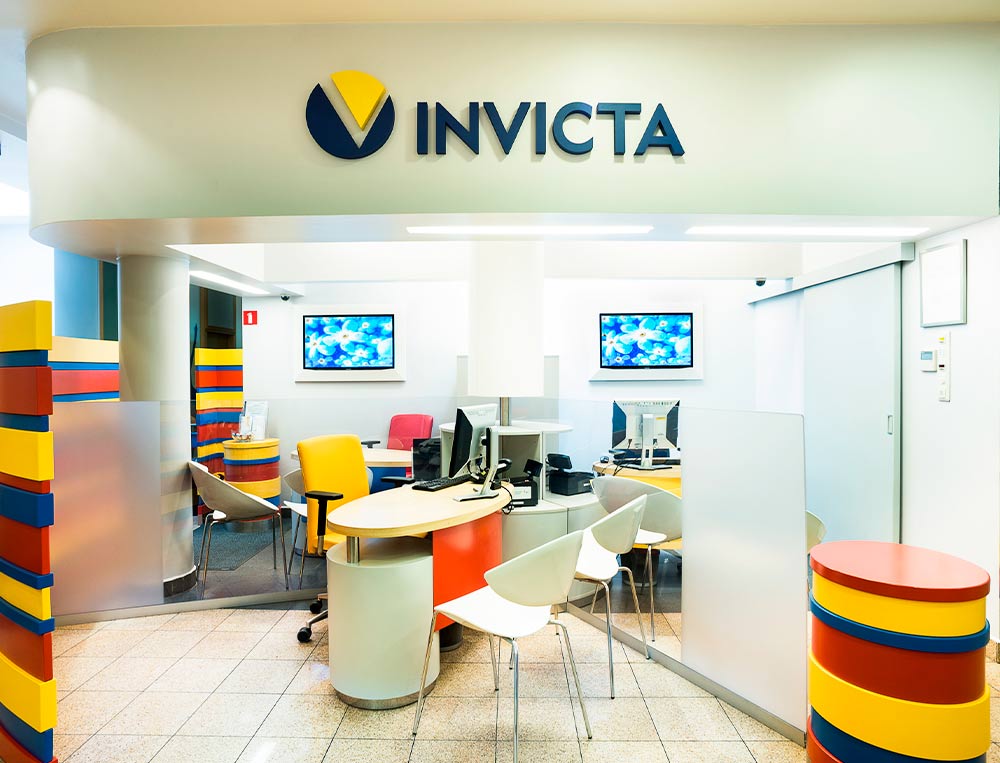Following spinal cord trauma, people may suffer serious injuries leading to paralysis. Yet stem cell therapy injury stands at the juncture of healing and pathology. Conventional spinal surgery might hold the backbone in position, but that often cannot revive lost nervous system function.
Recently, early-phase human trials have shown excellent safety and at least some measured improvement in sensation and motor function in multiple subjects. One highlight of successful stories is a surfer who received an experimental process in which stem cells taken from abdominal fat were injected into his spinal cord – seven out of ten people actually benefited, including volunteers who moved and conveyed improved continence.
On a global scale, scientists are also looking at nasal olfactory ensheathing cells as a “nerve bridge” technique to enable nervous system repair across damaged spinal tissue. In Australia, trials are underway on combining these special cells with a scaffold implant, trying to restore mobility, bladder control, and so on for people paralyzed – perhaps a turning point in spinal revival.
How Does Stem Cell Therapy Help Spinal Injury?
The mechanisms underlying stem cell recovery for paralysis are various. Mesenchymal stem cells (MSCs) seem to decrease inflammation and encourage axon sprouting, neuroprotection, and immunomodulation, yet they generally do not become neural tissue directly. They secrete growth factors, which promote healing. Assets such as biomaterial scaffolds from tissue engineering techniques further enhance delivery; for instance, the combination of MSCs and polymer platforms has led to improved motor-sensory recovery in animal studies.
Even so, no fully approved stem cell therapy for the treatment of spinal cord injury is available. Most stem cell treatments remain categorized as experimental therapy.
Clinics & Treatment Destinations
Overseas medical facilities effecting recovery spinal surgery operations are at the permissive counselor.
Here, spinal injury stem cell clinics come into their own: they offer experimental stem cell treatment protocols that are directed at regeneration rather than repair.
- Mexico: Autologous Clinics MSC therapeutic facilities.
- Turkey: Neural and mesenchymal hospital cells administration GMP strict compliance with standards.
- Colombia: Regenerative medicine clinics and a structured rehabilitation package for recovery.
These sites offer low-cost therapies from around $5,000 to $15,000 – far less than US or European prices.
Routes to Experimental Stem-Cell Treatment
Several factors are key to considering your way into this kind of therapy.
- Is the provider taking part in a clinical, controlled study, or is it a private clinic looking to make money?
- Has this therapy been subject to any ethics approval or regulatory oversight?
- What are the known risks, and have the results of research been published in full?
- How long have the treatment teams been in place – true trials go on for years with a single group of patients?
Responsible clinics offer MRI follow-ups, physical therapy regimens, and long-term outcome follow-up rather than snapshot interventions.
Although stem-cell recovery for paralysis is still experimental, an increasing amount of research is being carried out – and around the world, clinics are now beginning to understand just what it may hold. From neural stem-cell implants to olfactory-nerve cell bridges and MSC injection with these cells, the future of spinal cord repair lies in cell-based regeneration.
If you’re considering this sort of treatment, selecting reputable clinics that are involved with research, understanding the inner nature of uncertainties, and committing to a program of structured rehabilitation is important. Stem cell therapy, while it holds out great promise – not false hopes – is a serious matter needing informed care and systematic supervision. This field is evolving quickly – what seemed impossible as of yesterday could become the basis for tomorrow’s therapy.
Can stem cells repair spinal cord injuries?
Initial results of case studies suggest stem cells may assist nerve recovery, especially through mesenchymal or olfactory-derived cells. Complete restoration should not be expected – but some patients have reported improvements in sensation, voluntary movement, and control of bowels and bladder.
What is the best treatment for spinal cord injury?
Currently, standard care consists of decompression surgery and early rehabilitation. The use of experimental stem cell therapies is not a substitute – and at this motion, only authorized trials explain why refusal should be considered.
Can stem cells be used to treat injuries?
Certainly – they have been experimentally used with success on spinal injuries and a number of other damages (like orthopedic and neurological). Stem cells go into action by releasing healing factors and supporting regeneration, but popular approval is still a number of years away yet.
What is stem cell treatment for spinal pain?
Stem cell interventions have not been generally accepted for your standard back pain or the degeneration of discs. Most protocols are directed at regenerating nerves rather than causing pain directly, although reduced inflammation may bring relief for some types of discomfort.
Can stem cells regrow spinal discs?
There is research into regenerating the discs of the spine with stem cells, but the results are still at an early stage. Consequently, there is no approved therapy to restore intervertebral discs with stem cells. Clinical usage is still experimental, and which jurisdiction one is located in will largely determine.











